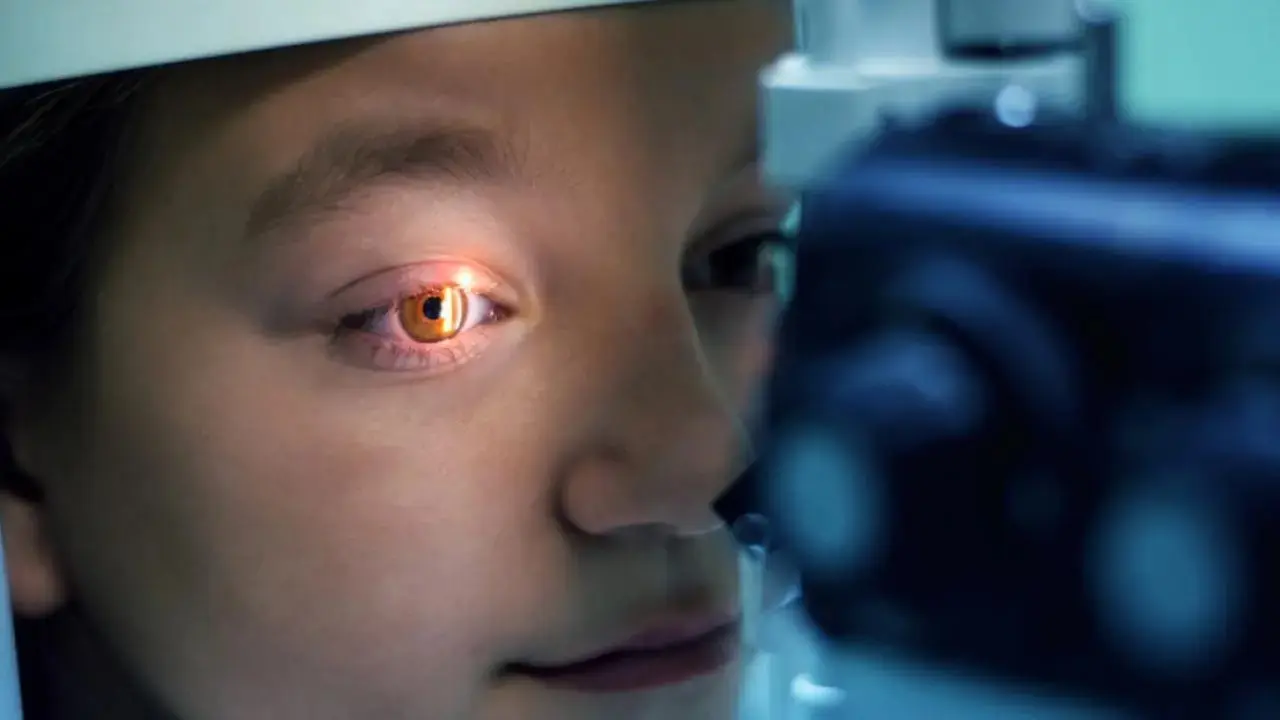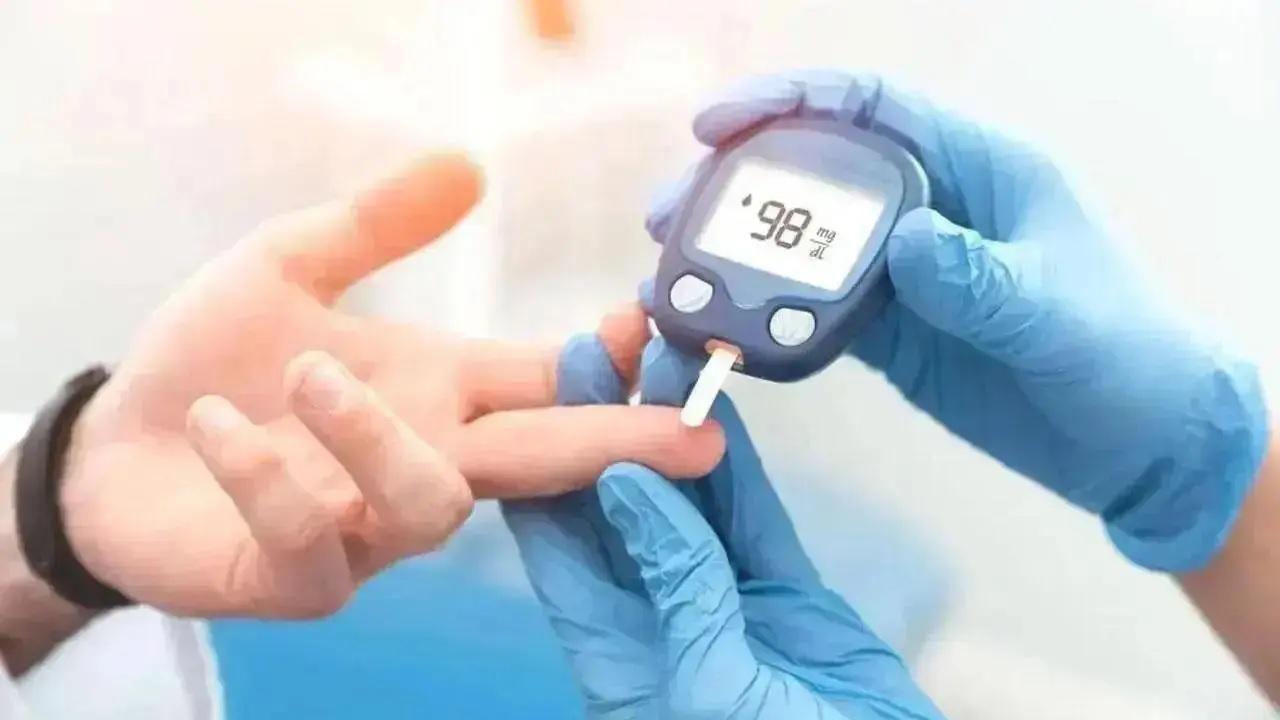An analysis of how the human skin responds to images, sounds, and touch has suggested that the nervous system may respond most strongly to haptic (touch-related) sensations.
However, the study`s participants perceived the responses of the nervous system to be the strongest for sounds and music — this indicates that how the brain perceives stimulation or arousal and how the body involuntarily responds to a stimulus may not always align perfectly, researchers said.
In essence, the study bridges a subtle gap between physiology and perception, the team led by researchers at the New York University Tandon School of Engineering said.
By grounding emotion in the body`s own electrical rhythms, the study invites a more continuous, data-driven view of how humans experience the world, they added.
Findings published in the journal PLOS Mental Health may eventually inform both mental health care and the design of emotionally intelligent technologies, the team said.
The autonomic nervous system is responsible for the body`s involuntary response to external stimuli — such as a quickening of the heart rate or sweating of palms — and is known to result in subtle electrical signals in the skin.
The researchers explored how the physiological signals from the nervous system can help reveal cognitive arousal — levels of mental alertness and emotional activation — without requiring one to report these changes.
The study looked at skin conductance, considered an indicator of activity of the autonomic nervous system.
When sweat glands are stimulated, even minutely, the skin`s ability to conduct electricity changes, the researchers explained.
They analysed a previously published dataset containing values of skin conductance continuously recorded as participants were exposed to images, sounds and touch stimuli. The participants also provided a self-assessment of arousal.
Using models, the researchers separated slow and fast components of the skin`s electrical response and inferred when the autonomic nervous system was most active. Algorithms and mathematical tools were then used to estimate how cognitive arousal changed with time.
The analysis revealed that the nervous system responded most strongly within two seconds of a new stimulus, with haptic (touch-related) sensations triggering the largest immediate activations.
However, when the researchers compared the physiological signals to the participants` self-assessments, audio — particularly sounds and music — were most often linked to high arousal states.
“These insights on cognitive arousal increase our understanding of psychophysiology and may help diagnose, track, and treat symptoms of mental health disorders in the future by providing clinicians with a framework to estimate and modulate arousal levels in an interactive sensory stimulation environment,” the authors wrote.
This story has been sourced from a third party syndicated feed, agencies. Mid-day accepts no responsibility or liability for its dependability, trustworthiness, reliability and data of the text. Mid-day management/mid-day.com reserves the sole right to alter, delete or remove (without notice) the content in its absolute discretion for any reason whatsoever











